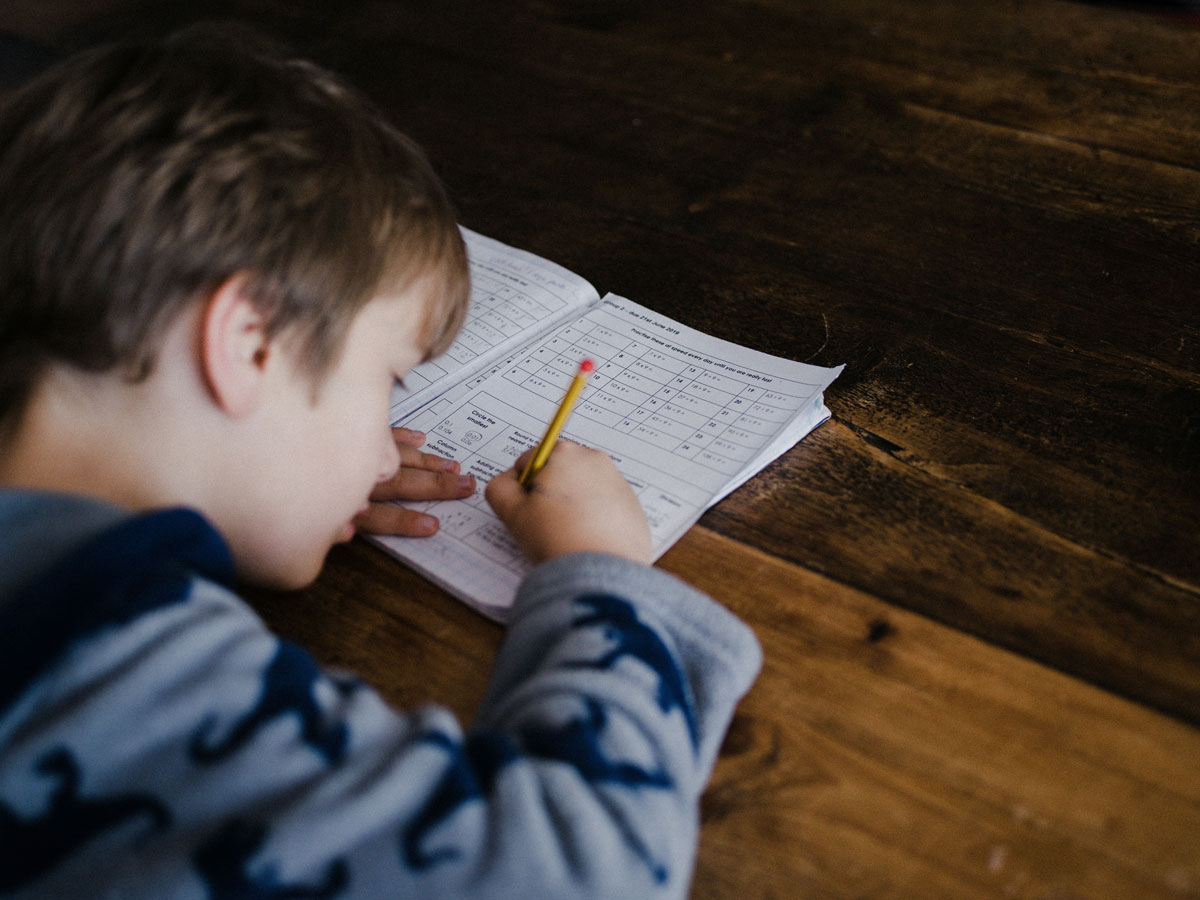
Back-to-School Vision Checklist: Is Your Child Ready to Learn?
As summer winds down and the new school year approaches, parents are busy checking items off their back-to-school lists: school supplies, new clothes, backpacks, and lunch boxes. But there's one crucial item that often gets overlooked—your child's eye health.
Why Vision Matters for Learning
The connection between vision and learning is more significant than many parents realize. Research shows that:
- 1 in 4 children have a vision problem that can affect their school performance
- 60% of students labeled as "problem learners" actually have undetected vision problems
- Children with poor vision are more likely to struggle with reading, writing, and classroom participation
- Vision problems can be mistaken for ADHD, learning disabilities, or behavioral issues
As children advance through school, the visual demands increase significantly. The print in textbooks becomes smaller, homework assignments require more detailed work, and students spend more time reading and studying. These tasks become unnecessarily challenging if your child is struggling with their vision.
Essential Visual Skills for School Success
Vision is more than just seeing clearly at a distance. Children need multiple visual skills working together to excel in school:
Visual Acuity
The ability to see clearly at different distances—from the whiteboard to their desk to their textbook.
Eye Focusing
The ability to quickly shift focus between different distances, such as looking from the board to notes and back again.
Eye Tracking
The ability to smoothly move their eyes along a line of text or follow a moving object.
Eye Teaming
The ability to use both eyes together effectively for reading and judging distances.
Visual Perception
The ability to understand and interpret what they see, turning images into meaningful information.
Eye-Hand Coordination
The ability to use visual information to guide hand movements for writing, drawing, and sports.
Warning Signs Your Child May Have Vision Problems
Children often don't realize they have vision problems because they assume everyone sees the world the same way they do. Watch for these warning signs:
- Frequent eye rubbing or blinking
- Squinting or tilting head to see better
- Covering one eye while reading or watching TV
- Sitting too close to the TV or holding books very close
- Short attention span during visual tasks
- Avoiding reading or other close-up activities
- Difficulty with sports or catching a ball
Academic Signs:
- Declining grades or difficulty keeping up in class
- Losing place when reading
- Difficulty remembering what they've read
- Skipping words or lines while reading
- Reversing letters or numbers
- Poor handwriting or spacing
- Complaints that words are blurry or move on the page
Physical Signs:
- Frequent headaches, especially after schoolwork
- Eye strain or fatigue
- Complaining of tired eyes
- Sensitivity to light
- Seeing double
- One eye turning in or out
The Importance of Professional Eye Care
While school vision screenings are helpful, they're not a substitute for comprehensive eye exams. School screenings typically only check distance vision and can miss many vision problems that affect learning.
At St. Paul Eye Clinic, our comprehensive pediatric eye exams include:
- Complete eye health evaluation
- Assessment of all visual skills needed for learning
- Early detection of eye diseases
- Personalized treatment recommendations
- Coordination with your child's school when needed
Tips for Protecting Your Child's Vision
Encourage Outdoor Play
Research shows that children who spend more time outdoors have lower rates of nearsightedness. Encourage at least 1–2 hours of outdoor activity daily.
Promote Good Nutrition
A diet rich in fruits and vegetables provides essential nutrients for eye health. Include foods high in vitamins A, C, and E, plus omega-3 fatty acids.
Establish Healthy Screen Habits
- Set limits on recreational screen time
- Encourage regular breaks during screen use
- Ensure screens are at appropriate distances and angles
Create Good Lighting
- Provide bright, even lighting for homework and reading
- Avoid glare from windows or overhead lights
- Use task lighting when needed
Maintain Regular Sleep Schedules
Adequate sleep is essential for eye health and visual development. Establish consistent bedtime routines.
When to Seek Professional Help
Don't wait for your child to complain about vision problems. Schedule a comprehensive eye exam if you notice:
- Any of the warning signs listed above
- Declining academic performance
- Changes in behavior or attitude toward school
- Frequent headaches or eye strain
- Any concerns about your child's vision
Since 1969, St. Paul Eye Clinic has been committed to providing comprehensive eye care for families throughout Minnesota. Our experienced pediatric eye care team understands the unique visual needs of children and offers:
- Comprehensive pediatric eye exams tailored to your child's age and needs
- Child-friendly examination techniques to ensure comfort and cooperation
- Advanced diagnostic technology for accurate assessment
- Personalized treatment plans addressing each child's specific needs
- Coordination with schools when accommodations are needed
- Family education about vision health and development
Don't let undetected vision problems hold your child back this school year. Early detection and treatment of vision problems can make a dramatic difference in your child's academic success, self-confidence, and overall quality of life.
Contact St. Paul Eye Clinic today to schedule your child's appointment. Our caring team is here to ensure your child has the clearest possible vision for learning and life.










